What do you do with a waterfront peninsula of coal dust that is 13 acres in size and runs as deep as 70 feet in places? That’s the multi-million dollar question now facing Vancouver Island’s Ladysmith, a heritage-style haven for retirees and vacationers who flock to the small, seaside town.
Environmental engineering
VANCOUVER
What do you do with a waterfront peninsula of coal dust that is 13 acres in size and runs as deep as 70 feet in places?
That’s the multi-million dollar question now facing Vancouver Island’s Ladysmith, a heritage-style haven for retirees and vacationers who flock to the small, seaside town.
Ladysmith is an example of smaller former resource towns facing huge environmental cleanup costs after industries leaves.
Local governments essentially need provincial and federal help in funding and technical support in turning these brownfield areas around, Ladysmith Mayor Robert Hutchins told delegates attending the Canadian Urban Institute’s Canadian Brownfields conference earlier this year.
The coal dust peninsula jutting off the town’s foreshore is dubbed Slack Point, a lingering legacy of coal baron Robert Dunsmuir, who made his fortune exploiting Vancouver Island’s coal seams. As the coal was washed for loading on freighters, the runoff of slack — coal dust, coal fragments and dirt — settled on the foreshore building year after year into a huge black stub on the Ladysmith waterfront.
But, Slack Point is just one — and the most visible — of 92 acres of Ladysmith Harbor waterfront in dire need of a cleanup after 100 years industrial use. A smelter that began after copper was discovered near the town followed the coal era. When the minerals waned, logging and saw milling took over and from the 1930s to 1984 the foreshore area was for log sorting. Today “thousands of cubic metres of wood-waste, bark, and sunken logs,” exist in this foreshore area, Hutchins told delegate. Up until 1966, the city’s raw sewage also emptied into the foreshore area. In 2000, estimates of remediating the area were between $15 to $45 million, Hutchins said.
Ladysmith entered into an agreement with the province in 2005 that had both parties looking at solutions to clean up coal, copper smelter residuals, wood waste, and the impact of raw sewage.
Hutchins said requests for proposals for development went out, with financial incentives offered in terms of reduced land costs for remediating the area.
“There were 14 proposals and they were whittled down to six.” Hutchins said, adding that the uncertainty of remediation costs caused all but one developer to pull out. But the proposal put forward by First Principles Development Group met stiff opposition from citizens and failed.
In 2007, the city, community, first nations and B.C. government began working together to formulate a development plan that would be acceptable to area residents.
The Town of Ladysmith Sustainability Visioning Project developed by the HB Lanarc and the town of Ladysmith looks at involving as many citizens and representatives in long-term planning of the town. The project, which serves as a guiding compass for council, earned the town recognition this year from the Canadian Planning Institute.
Golder Associates is investigating the site and determining where exactly the contamination is and what can be done to clean it up.
Slack Point is under the control of the provincial government.
A report, expected in 2010 should provide the town with more solid information to put forward when developers are asked to submit requests for proposals. There may be some areas that are taken out of the development plan since they are too costly to remediate for residential use, but can be capped or topped with soil and be used for recreational or park lands. The city is also exploring ways that the residual coal dust might be reclaimed.


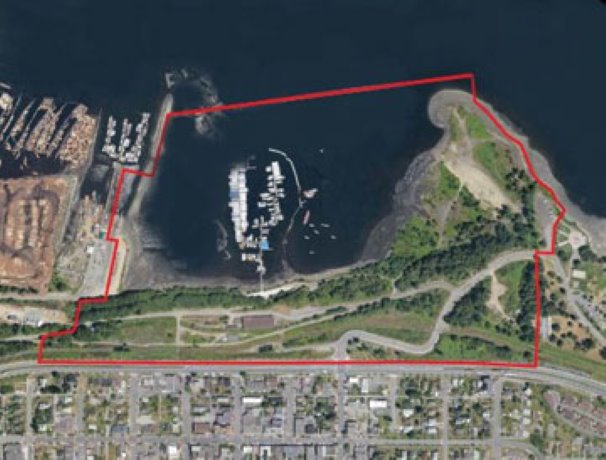

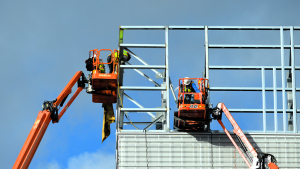
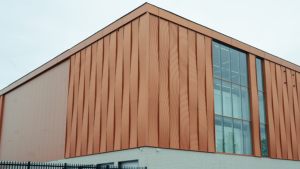
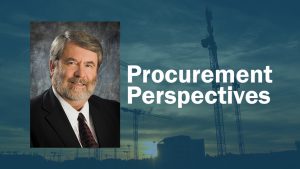

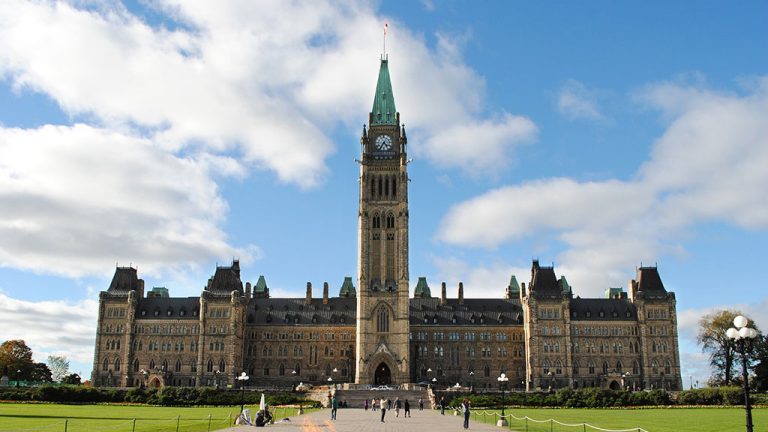


Recent Comments
comments for this post are closed